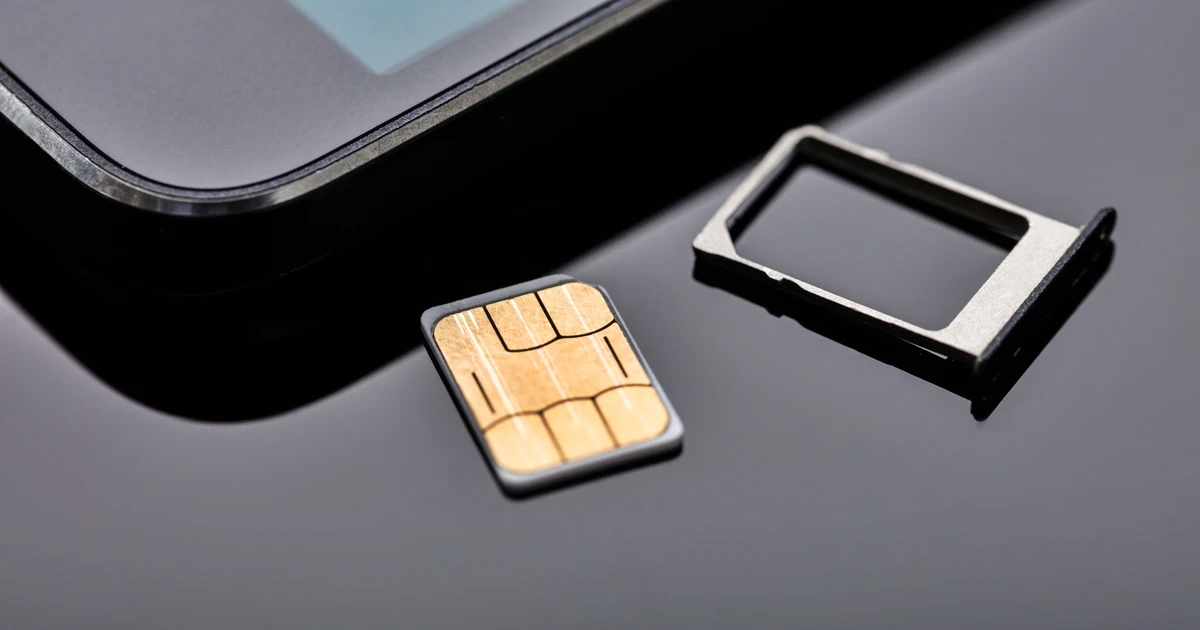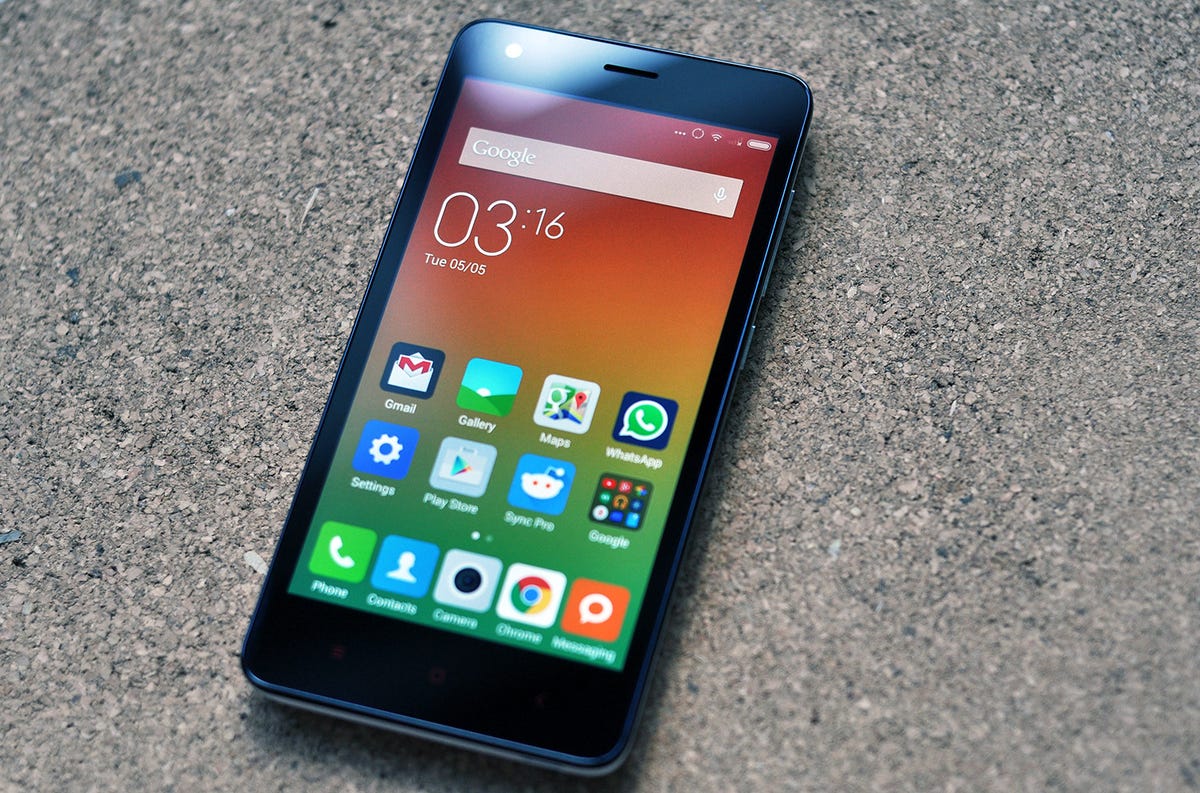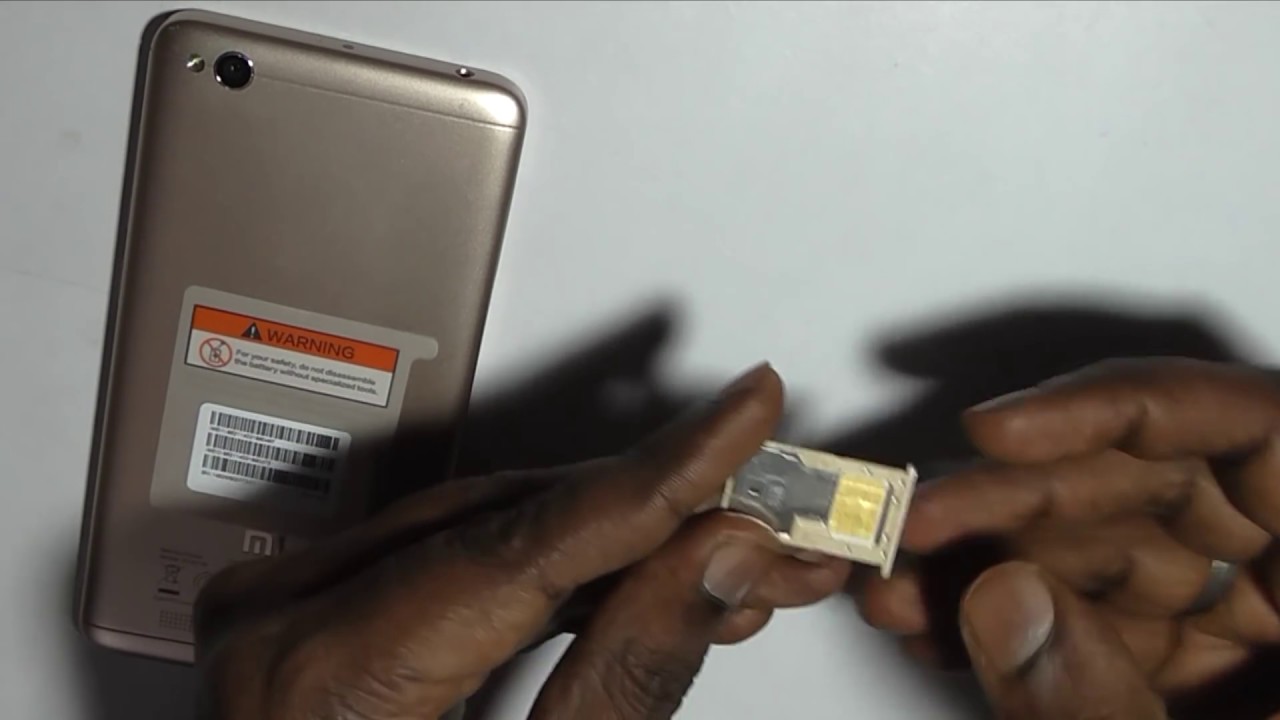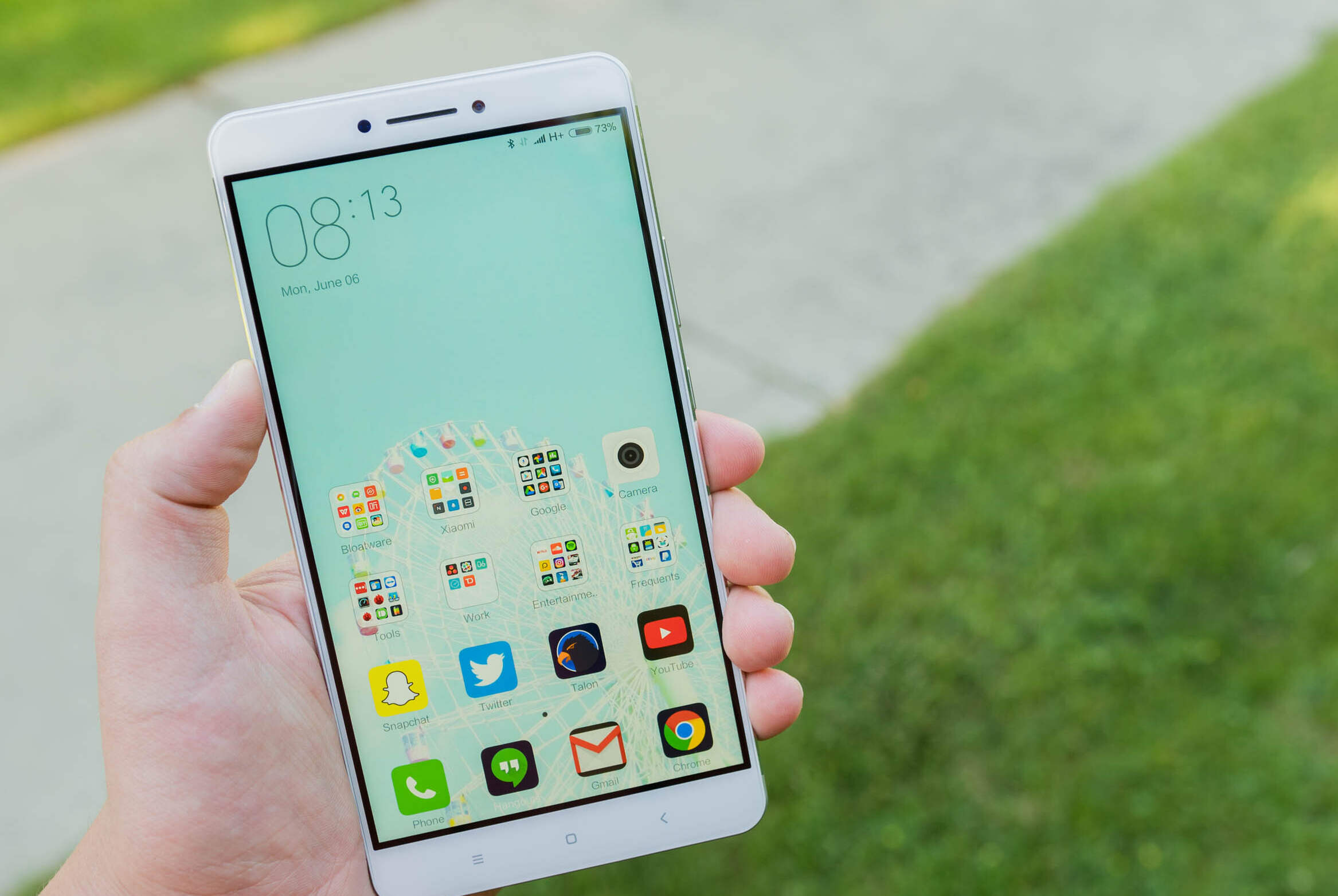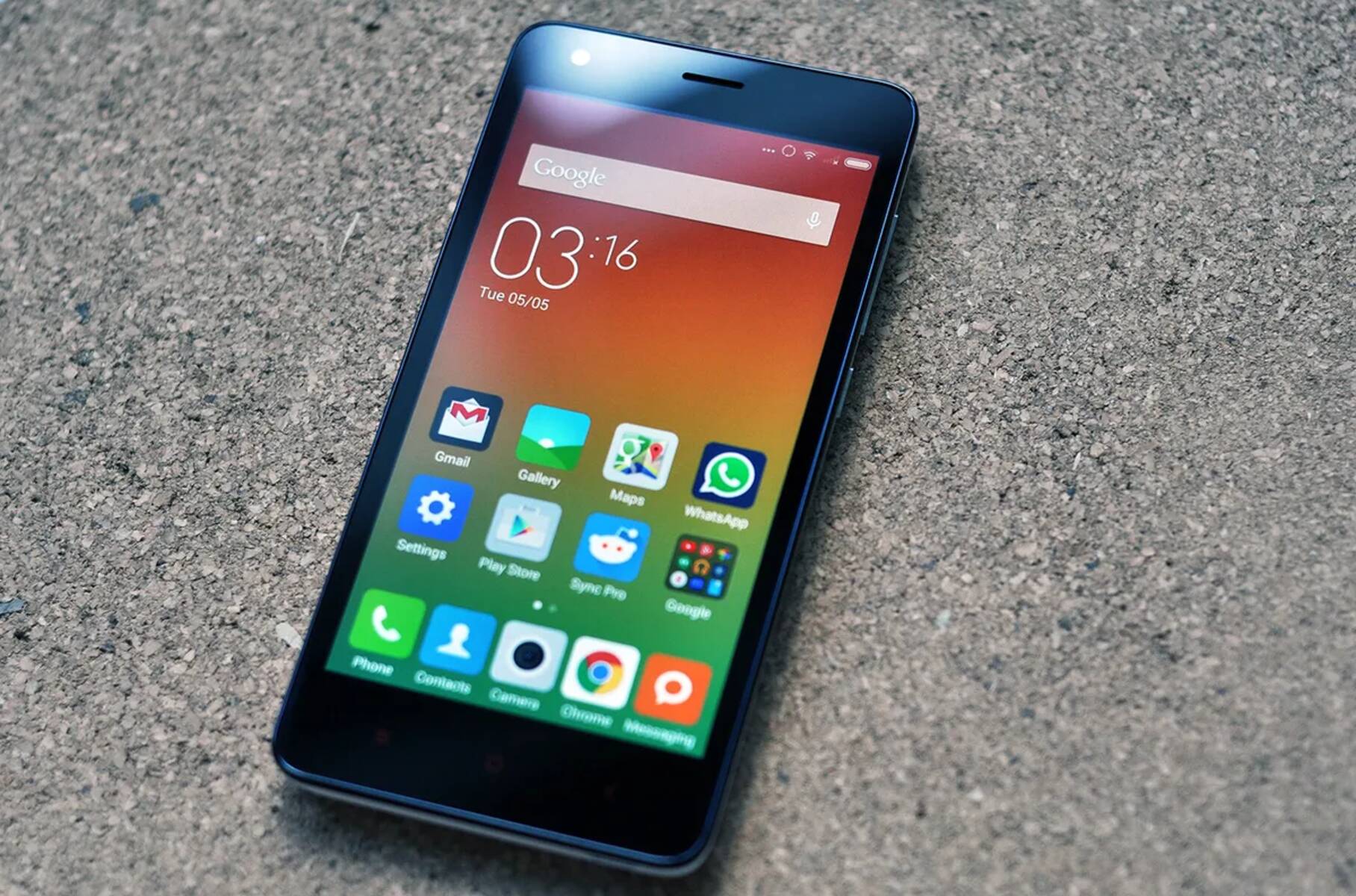Checking SIM Card Compatibility
Before diving into the process of activating a SIM card on your Xiaomi device, it's crucial to ensure that the SIM card is compatible with your smartphone. This step is often overlooked, but it's essential for a seamless activation process.
1. Determine the SIM Card Type
First and foremost, identify the type of SIM card your Xiaomi device requires. Xiaomi smartphones typically support nano-SIM cards, but it's always wise to double-check the specifications to avoid any compatibility issues. You can find this information in the user manual or on the official Xiaomi website.
2. Check Network Compatibility
Next, verify that your SIM card is compatible with the network bands supported by your Xiaomi device. Different carriers utilize various network technologies, such as GSM, CDMA, and LTE. Ensure that your SIM card aligns with the network bands supported by your Xiaomi smartphone to guarantee seamless connectivity.
3. SIM Lock Status
If your Xiaomi device was purchased from a carrier or network provider, it might be SIM-locked, meaning it's only compatible with SIM cards from that specific carrier. In such cases, you'll need to unlock your device before using a SIM card from a different carrier. Contact your carrier or refer to the device documentation to determine the SIM lock status and take the necessary steps to unlock it if required.
4. SIM Card Size
Xiaomi smartphones typically accommodate nano-SIM cards, but it's essential to confirm the exact SIM card size required for your specific device model. Using the incorrect SIM card size can lead to compatibility issues and potentially damage the SIM card slot.
By thoroughly checking the compatibility of your SIM card with your Xiaomi device, you can avoid potential activation hurdles and ensure a smooth setup process. Once you've confirmed that your SIM card is compatible, you can proceed with inserting it into your Xiaomi device and activating it with your carrier.
Inserting SIM Card into Xiaomi Device
Inserting a SIM card into your Xiaomi device is a straightforward process that ensures you can seamlessly connect to your carrier's network and enjoy the full functionality of your smartphone. Here's a step-by-step guide to help you effortlessly insert your SIM card into your Xiaomi device:
-
Power Off Your Device: Before beginning the SIM card insertion process, it's essential to power off your Xiaomi device. This precautionary step ensures the safety of your device and prevents any potential damage to the SIM card or the device's SIM card slot.
-
Locate the SIM Card Tray: Xiaomi smartphones typically feature a SIM card tray located on the side of the device. Use the SIM ejector tool provided in the device's packaging or a small paperclip to gently eject the SIM card tray from the slot.
-
Identify the Correct Orientation: Once the SIM card tray is ejected, carefully examine it to identify the correct orientation for inserting the SIM card. Most Xiaomi devices have a designated area within the tray for placing the SIM card, ensuring a secure fit.
-
Place the SIM Card: With the correct orientation in mind, gently place the SIM card into the designated area within the SIM card tray. Ensure that the SIM card aligns with the tray's grooves and fits snugly into place.
-
Reinsert the SIM Card Tray: After securely placing the SIM card into the tray, carefully slide the SIM card tray back into the device's SIM card slot. Apply gentle pressure to ensure that the tray is fully inserted and sits flush with the device's frame.
-
Power On Your Device: Once the SIM card tray is securely reinserted, power on your Xiaomi device. It will automatically detect the newly inserted SIM card and initiate the activation process, allowing you to connect to your carrier's network.
By following these simple steps, you can effortlessly insert a SIM card into your Xiaomi device, enabling you to make calls, send messages, and access mobile data. This seamless process ensures that you can quickly begin using your Xiaomi smartphone with the connectivity provided by your chosen carrier.
Activating SIM Card with Carrier
Activating your SIM card with your chosen carrier is a crucial step that enables your Xiaomi device to connect to the cellular network, make calls, send messages, and access mobile data. This process typically involves registering your SIM card with the carrier and initiating the necessary network configurations to ensure seamless connectivity. Here's a detailed guide to help you smoothly activate your SIM card with your carrier:
-
Contact Your Carrier: Begin by reaching out to your chosen carrier through their customer service hotline, website, or retail store. Inform them that you need to activate a new SIM card for your Xiaomi device. The carrier's representative will guide you through the activation process and provide any specific instructions or documentation required.
-
Provide Necessary Information: During the activation process, the carrier may request essential information, including your personal details, the SIM card's unique identification number (ICCID), and the activation code provided with the SIM card packaging. Ensure that you have this information readily available to expedite the activation process.
-
SIM Card Registration: The carrier will register your SIM card in their system, associating it with your account and assigning a phone number if it's a new line. This registration process is essential for identifying your device on the carrier's network and enabling the provision of cellular services.
-
Network Configuration: Once the SIM card is registered, the carrier will remotely configure the network settings on your Xiaomi device. This includes activating voice, messaging, and data services, as well as ensuring that your device is provisioned to access the carrier's network infrastructure seamlessly.
-
Confirmation and Testing: After the activation process is completed, the carrier's representative may guide you through a series of steps to confirm that your SIM card is successfully activated. This may involve making a test call, sending a text message, and verifying that mobile data connectivity is functional on your device.
-
Troubleshooting and Support: In the event of any activation issues or connectivity challenges, the carrier's support team will provide troubleshooting assistance to resolve any potential hurdles. They may also offer guidance on configuring additional features such as voicemail and call forwarding.
By following these steps and collaborating with your carrier's support team, you can effectively activate your SIM card and ensure that your Xiaomi device is fully connected to the carrier's network. This seamless activation process sets the stage for you to enjoy the full range of mobile services and connectivity offered by your chosen carrier, empowering you to make the most of your Xiaomi smartphone.
Setting Up SIM Card for Calls and Data
Setting up your SIM card for calls and data on your Xiaomi device is a pivotal step in ensuring that you can seamlessly communicate and access mobile services. Once your SIM card is activated with your carrier, configuring the settings for calls and data empowers you to make and receive calls, send messages, and harness the power of mobile data for browsing, streaming, and staying connected. Here's a comprehensive guide to help you navigate the process of setting up your SIM card for calls and data on your Xiaomi device:
1. Call Settings
Upon activating your SIM card, it's essential to configure the call settings on your Xiaomi device to ensure that you can effortlessly make and receive calls. Follow these steps to set up your call preferences:
-
Call Forwarding: Access the call settings menu on your Xiaomi device and configure call forwarding options based on your preferences. You can set up call forwarding to redirect incoming calls to another number or voicemail when you're unavailable.
-
Caller ID: Customize your caller ID settings to control how your phone number is displayed when making outgoing calls. You can choose to show your number, hide it, or display it for specific calls based on your privacy preferences.
-
Voicemail: Set up and personalize your voicemail settings to ensure that callers can leave you voice messages when you're unable to answer calls. Configure voicemail access, greetings, and notifications to align with your communication needs.
2. Data Settings
Configuring the data settings on your Xiaomi device is crucial for harnessing the power of mobile data connectivity for browsing the web, accessing online services, and staying connected on the go. Here's how to set up your data preferences:
-
Mobile Data Usage: Navigate to the data settings menu and monitor your mobile data usage to stay informed about your data consumption. You can set data usage limits, track app-specific data usage, and enable data-saving features to optimize your data usage.
-
Roaming Settings: If you plan to use your Xiaomi device while traveling internationally, configure the roaming settings to ensure seamless data connectivity while abroad. Enable international roaming and explore roaming data plans offered by your carrier to stay connected wherever you go.
-
APN Configuration: Access the Access Point Names (APN) settings on your device to configure the APN provided by your carrier. This step is essential for establishing a connection to the carrier's mobile data network and ensuring that your device can access high-speed data services.
By meticulously configuring the call and data settings on your Xiaomi device, you can tailor the communication and connectivity experience to align with your preferences and usage patterns. This proactive approach empowers you to leverage the full potential of your SIM card and Xiaomi smartphone, enabling seamless communication and access to mobile data services.







